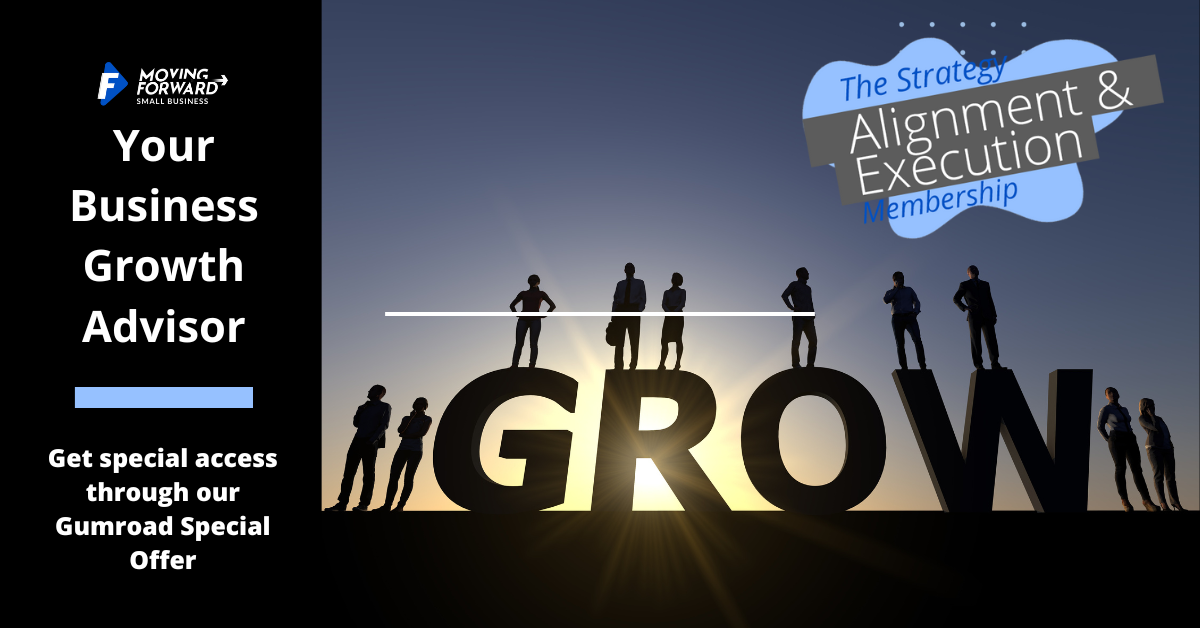Key Highlights
- This blog looks at the differences between inbound and outbound marketing strategies for small businesses.
- You will learn about the ideas, benefits, and drawbacks of each way to reach and engage customers.
- Find out what inbound and outbound sales mean and how they fit into marketing plans.
- Explore outbound and inbound call centers and how they help with customer communication.
- Get insights into the costs and return on investment (ROI) of inbound and outbound strategies.
- Discover how combining both styles creates a strong hybrid marketing strategy.
Introduction
Small businesses today need good marketing strategies to succeed. It’s important to understand inbound vs outbound marketing. This helps reach the right people and meet business goals. Inbound marketing draws customers in through valuable content, while outbound marketing pushes messages out to a wider audience. This blog gives a clear look at both inbound and outbound marketing. It aims to help small businesses choose the best strategies for their needs and stand out in a competitive market.
Understanding Inbound Marketing for Small Businesses

Inbound marketing works by attracting potential customers. It does this by creating valuable content that matches their interests and needs. Unlike outbound marketing, which sends unwanted messages, inbound marketing helps your business establish trust. It guides leads gently through the sales funnel.
By offering relevant content that solves their pain points, inbound marketing builds lasting customer relationships that are based on trust. Some popular inbound marketing methods are content marketing, SEO, social media, and email marketing.
Key Principles of Inbound Marketing
Inbound marketing focuses on creating relevant content that connects with your target audience at every stage of the marketing funnel. It draws in potential customers through useful blog posts, engaging updates on social media, and search engine optimization (SEO) to boost your website’s visibility.
As prospects become interested, inbound marketing supports these leads with email marketing campaigns. You can offer valuable resources like ebooks and webinars. This personalized content meets their specific needs. By consistently delivering relevant content, you build trust and establish your expertise with potential customers.
The power of inbound marketing is in attracting qualified leads who are looking for solutions. It aligns your content with what they care about. This helps guide them easily through the sales funnel, increasing the chances of them converting into customers.
How Inbound Marketing Fosters Customer Relationships
Inbound marketing is more than just getting customers; it’s about building strong relationships with them. When you provide valuable content and create a good customer experience, you can turn people who buy from you once into loyal fans of your brand.
Inbound leads are those who reach out to your business because they like what you offer. They have connected with your content and understand your message. Since they are already interested, they are more open to what you say. This makes it easier to turn them into paying customers.
Additionally, a smart inbound marketing strategy keeps customers engaged after they buy. By continually offering valuable content and great customer support, you can meet their changing needs. This way, happy buyers become excited supporters of your brand, sharing your services with others.
Exploring Outbound Marketing Tactics

Outbound marketing takes a direct and active approach. It aims to reach potential customers to generate leads and promote products or services. This type of marketing can be part of a wide marketing plan. However, it often sends messages to a large audience, even to those who may not be interested.
Common outbound marketing methods include cold calling, direct mail, TV ads, billboards, and print ads. These methods can help create brand awareness. Still, they usually cost more and provide a lower return on investment (ROI) when compared to inbound marketing.
The Traditional Approach of Outbound Marketing
Cold calling is a key part of traditional outbound marketing. This means that salespeople call potential customers without any prior introduction. This method can work sometimes, but many people find it annoying and intrusive.
Push marketing is another standard technique in outbound marketing. Here, businesses send their messages to potential customers. This can be via direct mail, print ads, or telemarketing. Although push marketing can reach many people, it isn’t as personalized as inbound marketing.
In recent years, outbound marketing has changed to include digital methods. This includes paid ads on search engines and social media. While these options give better targeting, they still interrupt what users are doing online.
Advantages and Limitations of Outbound Strategies
Outbound marketing strategies are still important today, even with their challenges. They can quickly increase brand awareness and reach a larger group of people. This is especially useful when launching a new product or entering a new market.
Still, there are some limitations to consider when outbound marketing efforts are made. These include:
- High Cost: Outbound methods, like TV ads or print campaigns, often need a lot of money.
- Lower ROI: Outbound strategies can provide a lower return on investment than inbound marketing.
- Intrusive Nature: Tactics like cold calling or unsolicited emails can annoy potential customers.
It’s important to compare the benefits and challenges of outbound strategies for your small business. A good plan that matches your target audience and budget is key to getting the best return.
Understanding Inbound vs. Outbound Sales
Inbound and outbound sales are different ways of reaching potential customers. Both are important for moving people through the marketing funnel. They aim to turn leads into paying customers, but they do this in different ways.
Inbound sales work by drawing in interested people who already like your brand or products. On the other hand, outbound sales use a proactive approach. Sales reps actively contact potential customers through cold calling, email, and social media.
Key Principles of Inbound Sales
Inbound sales focus on attracting and engaging potential customers who are looking for the solutions you provide. Content marketing is key in lead generation. It includes blog posts, ebooks, or webinars that grab the attention of these potential customers.
As these prospects move through the sales funnel, inbound sales teams work on personal interactions. They try to understand the specific needs of each lead. Building trust and offering valuable information helps guide prospects in making a purchase decision.
Inbound sales teams are great at building relationships. They listen closely to prospects and adapt their approach to tackle specific pain points. By connecting their solutions to the needs of potential customers, they boost the chances of conversion and create long-term relationships.
Key Principles of Outbound Sales
Outbound sales teams are proactive. They reach out directly to potential customers who might not know about their products or services. Cold calling can feel intrusive, but sales reps can use it to introduce their offerings to a new audience.
In outbound sales, teams find potential customers through market research. They create targeted messages to capture interest and contact them via calls, emails, or social media. Sales reps need strong communication and persuasion skills to connect with prospects.
It’s important for these sales teams to respect potential customers’ time. They should balance being persistent with being respectful. A message that meets a person’s needs and a professional attitude can greatly improve chances of success in outbound sales.
Call Centers
Call centers are a key part of many businesses. They provide important help for talking to customers and boosting sales. These centers manage both incoming and outgoing calls. This is important for keeping customers happy and building a good brand image.
It’s crucial for businesses to know the difference between inbound and outbound call centers. Though both handle phone calls, they have different goals and ways of working. Understanding these differences helps businesses use these resources better.
What is an Inbound Call Center?
An inbound call center is there to help current customers. It handles incoming calls about customer service, technical help, or account questions. These call centers are very important for solving problems, answering queries, and making sure customers have a good experience.
Agents in an inbound call center are trained to manage many types of questions. They work with care, understanding, and speed. It is key for them to know how to find answers quickly and talk to customers in a clear way.
Solving problems effectively is a main focus for these centers. By taking care of customer issues quickly and in a professional way, they greatly improve customer satisfaction. A good chat with an agent can make customers stick with a brand for a long time.
What is an Outbound Call Center?
Outbound call centers reach out to new customers to create leads, set up appointments, or make sales. They use different ways to connect, like telemarketing, cold calling, and follow-up calls. This helps them engage potential customers and share information about their products or services.
A key job of outbound call centers is lead generation. They find possible customers through market research or buying lists. Then, agents contact these leads to check their interest and see if they are a good fit for the sales team. This work is important for filling the sales funnel and boosting profits.
These call centers often follow up with potential customers. They might use cold emails or contact those who have shown interest before. By doing this, they help move prospects through the sales funnel, turning them from interested people into paying customers.
Comparing Inbound and Outbound Strategies
When you choose between inbound and outbound strategies, there is no single right answer. The best choice depends on many things. These include your target audience, budget, and business goals. It’s important to look at how much each strategy costs and how well they engage your audience.
Inbound marketing usually shows a better return on investment (ROI) and helps you connect with people. However, outbound strategies can boost brand awareness quickly and reach specific markets. Knowing the pros and cons of each approach will help you make choices that fit your business.
Cost-Effectiveness and ROI Comparison
One of the most significant differences between inbound and outbound marketing lies in their cost-effectiveness and ROI. Inbound marketing, focusing on creating valuable content that draws in potential customers organically, generally yields a higher ROI compared to outbound strategies.
Outbound methods, particularly traditional tactics like print advertising or trade shows, can require substantial upfront investments without a guaranteed return. In contrast, inbound marketing tools and techniques, like social media marketing and SEO, often prove more cost-effective, especially for small businesses with limited budgets.
Moreover, the use of analytics in inbound marketing allows businesses to track their ROI closely. By monitoring website traffic, lead generation, and customer acquisition costs, businesses can measure the effectiveness of their inbound efforts and optimize their strategies accordingly.
| Metric | Inbound Marketing | Outbound Marketing |
| Cost | Generally lower | Potentially higher |
| ROI | Typically higher | Often lower |
| Measurement | Easier to track and measure | More challenging to track |
Audience Engagement: Inbound vs. Outbound
Audience engagement is very important when we look at inbound and outbound marketing. Inbound marketing is good at attracting potential customers by offering relevant content that fits their interests. By sharing helpful information that tackles their problems, inbound marketing grabs people’s attention and keeps it.
Social media platforms are key to inbound marketing. They let businesses connect with their target audience, share engaging content, and develop relationships. Outbound marketing, on the other hand, usually has a harder time getting this type of engagement because it’s often seen as interruptive.
Unwanted calls or emails can push away potential customers and hurt the brand’s image. Inbound marketing, which focuses on getting permission before reaching out, builds trust and credibility. This way, more people are likely to engage with your content, resulting in better conversion rates.
Implementing a Hybrid Marketing Strategy
Inbound and outbound marketing are different, but they can work well together. Many successful businesses use a mix of both methods. This helps them get the most from their marketing efforts.
Using a hybrid strategy lets you take advantage of the best parts of each approach. For example, you can run outbound marketing campaigns like paid ads to attract visitors. Then, on your website, you can share valuable content that helps turn these visitors into leads and guides them through the sales funnel.
Blending Inbound and Outbound for Maximum Impact
A hybrid strategy helps you adjust your marketing strategies for different parts of the customer journey. You can start with outbound campaigns that create awareness. Then, you can switch to inbound tactics to engage those leads and help them move further down the sales funnel.
This balanced way of marketing expands your reach. It connects well with potential customers through different points. By providing valuable content, you build strong relationships while promoting your products or services smartly. This creates a positive cycle that leads to good results.
For a hybrid strategy to work, you need to truly understand your target audience. You should also have clear business goals. Being open to adapting your campaigns based on data and insights will help optimize your efforts.
Success Stories of Small Businesses Using Hybrid Strategies
Many success stories show how hybrid marketing strategies can help small businesses. For example, a local bakery might use social media ads to reach new customers (outbound). They could also send an email newsletter with special recipes and deals (inbound).
Another example is a freelance graphic designer. They may attend events to network with potential clients (outbound) while making their website easy to find using the right keywords (inbound). These examples demonstrate how using both methods can be very helpful.
By looking at case studies and success stories, small businesses can learn how to create their own marketing plans. The key is to find the right mix of inbound and outbound strategies that fit their target audience, budget, and goals.
Conclusion
In conclusion, small businesses really need to master both inbound and outbound strategies to grow sustainably. Inbound marketing is all about building strong relationships and trust with customers. On the other hand, outbound strategies take a more traditional route. By mixing the two, businesses can make a bigger impact and connect with more people. Join our Strategy Alignment and Execution membership community today and start with our 6+ hours of training on “Inbound Marketing Strategies for Your Small Business.”
Frequently Asked Questions
What are the first steps in adopting an inbound marketing strategy?
To begin your inbound marketing journey, create valuable content with blog posts. Optimize your website for SEO and build a presence on social media. Engage your audience by sharing informative content that they will want to share with others.
How can a small business measure the success of outbound marketing efforts?
Small businesses can check how well their outbound marketing works by looking at important metrics. They should track their ROI on ads, website traffic from special landing pages, and lead generation from trade shows. Using analytics tools can help them get good insights into how effective their campaigns are.


